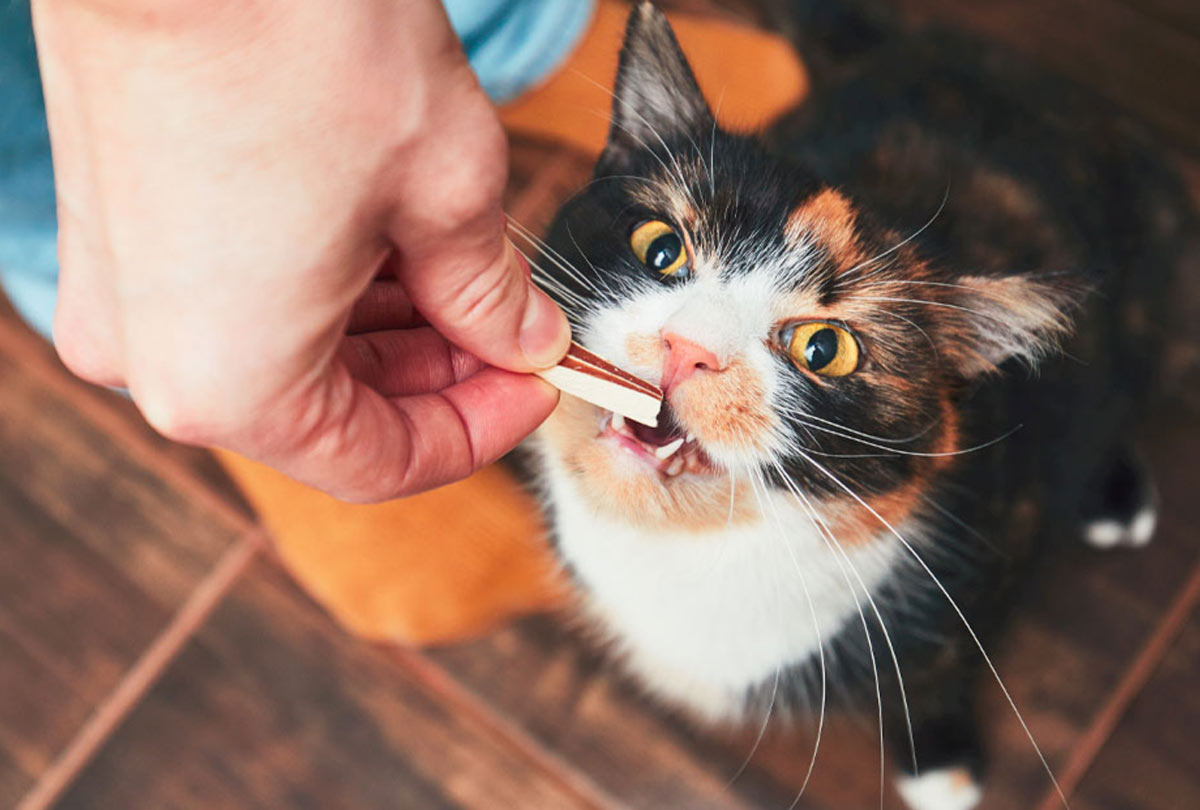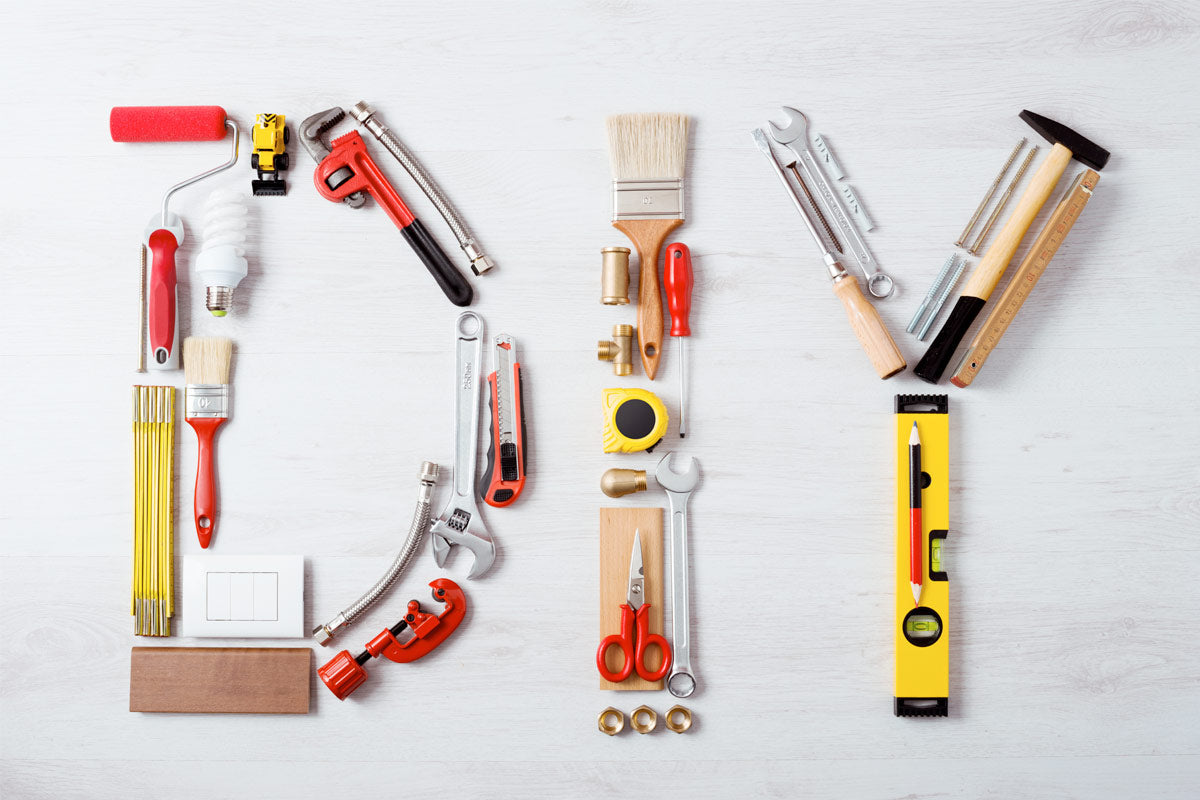Purrfectly Easy Tips for Cat Dental Care
We brush our own teeth each day, but when it comes to cat dental care, most people give this important task the brush-off. In fact, 73% of cat parents say they never brush their cat’s teeth, according to a pet dental poll by Ipsos. So what happens when we forget about our cat’s oral care? Our feline friends can experience the same types of problems as we do: excess plaque buildup, tartar, bad breath, gum inflammation and even tooth loss.
It’s no surprise that 8 in 10 cat parents report that time and difficulty are their main reasons for not brushing their cat’s teeth. If you fall into that CATegory (sorry), keep reading for some tips on how to make cat teeth cleaning easier, plus alternatives to brushing your cat’s teeth.
Controlling Cat Teeth Plaque Is Key
Cat teeth plaque is unavoidable – this clear, sticky film naturally forms on the teeth every time your cat eats. Fortunately, plaque on cat teeth is easy to remove through daily oral care.
The problem is when plaque is left to sit on the teeth, uninterrupted. Eventually – we’re talking only a day or two – cat teeth plaque will start the process of hardening into tartar. (Tartar is easy to spot because it’s yellow-brown and hard, unlike plaque, which is clear.)
As tartar collects along the gum line, it can begin to push the gums away from the teeth, causing inflammation, infection and eventual tooth loss. At that point, gum disease has advanced into the more serious stage of periodontitis. Bacteria from a gum infection can circulate throughout the entire body via the bloodstream, risking the cat’s overall health.
Because it’s rock-hard, cat teeth tartar requires a trip to the veterinarian for a professional cleaning to remove it, a process that involves x-rays, anesthesia, and scaling and polishing.
To avoid the drama for your cat (and your wallet ), prevention is your best measure when it comes to feline oral care. And that starts with cleaning plaque off those cat teeth each day.
How to Tell If Your Cat’s Oral Care Is in Trouble
A cat’s instinct is to hide their pain, so oftentimes, gum disease progresses silently. So unless you’re regularly inspecting your cat’s mouth (we recommend doing this once a week), you may not be aware there’s a problem until it’s snowballed.

If your cat displays any of these symptoms, don’t take a wait-and-see approach. While gum disease is reversible in its early stages, once it advances into periodontitis, professional intervention from the vet is needed.
How to Make Brushing Cat Teeth Easier
Brushing your cat’s teeth is the best way to keep their teeth and gums healthy, and with a few simple tricks, it CAN be easy.
Waiting is never fun, but resist the urge to dive headfirst into cat teeth cleaning, especially if you have an older cat who’s a bit more set in their ways.
Before you start a brushing routine, several times a week for two weeks, dip your finger in tuna water or broth and get your cat used to you rubbing their teeth and gums.
Also, when it comes to brushing cat teeth, it’s a lot easier to forego a traditional pet toothbrush and use a finger brush instead. As the name suggests, you just slip it on right over your finger. You’ll find this fits your cat’s mouth better and is less intrusive for your cat. For the toothpaste, be sure to use a specially formulated cat teeth gel to clean your cat’s teeth, as toothpaste for people has ingredients that can make cats sick.
Then, when you’re ready to brush your cat’s teeth, follow these helpful hints:
- Aim for short brush sessions when starting out, then gradually increase the time you brush. Eventually, you’ll want to work up to 30 seconds per side.
- Don’t pin your cat down. Instead, try cradling your cat from behind, cup the chin, and lift up the lips to clean the teeth.
- Focus on the outside (cheek-facing surfaces) of the teeth. Your cat can keep their mouth closed, and you’ll be able to clean the spots where plaque and tartar gather the most. (A cat’s tongue will usually do a good job of keeping the inner teeth surfaces free of plaque.)
- Talk calmly as you’re brushing your cat’s teeth – if you’re tense, your cat will be too!
- Always give a favorite treat afterward (food, toy or play), even if it didn’t go well, so your pet develops a positive association with brushing.
- Use circular strokes at a 45-degree angle. You’ll want to use light pressure, especially if your cat’s gums are already sore.
- Make brushing your cat’s teeth part of a routine, and regularly clean cat’s teeth at least 3x a week (every day is best). Make sure it’s a time of day when your cat is calm.
Alternatives to Brushing Your Cat’s Teeth
Despite the best intentions, sometimes brushing your cat’s teeth just doesn’t work out. But don’t fret – there are other methods of cleaning cat teeth that are easy AND effective.
- Cat Dental Water Additive: One of the best alternatives to brushing cat teeth is using a cat dental water additive. Cat dental care does not get any easier than this: you just add the solution to your cat’s water bowl or fountain each day to fight plaque and keep their breath fresh. Keep in mind, not all water additives are the same. Veterinarians and cat parents prefer Oxyfresh Pet Dental Water Additive because it’s completely tasteless and odorless. No mints, tea oils or other weird stuff that cats will turn their noses up at (after giving you a chilling glare, of course).
- Cat Dental Spray: Another option for cleaning cat teeth is to use a cat dental care spray. If your cat can tolerate a few quick sprays along their teeth and gums, this is a great solution to support their gum health and keep their breath fresh.
- High-quality cat dental treats: these can be used as a supplement to a cat oral care routine, but they should not be used as a substitute. Raw bones, which are filled with plaque-fighting enzymes and act as a “floss,” are also great for cleaning cat teeth (if you don’t mind the mess). Raw poultry necks are the best choice for cats. Just be mindful to never give your cat cooked bones, as they can splinter and present a choking risk.
Cat Dental Care: Where Do You Go From Here?
Oxyfresh’s try-me-size Pet Dental Kit is a great introduction into the world of cat teeth cleaning. It’s an all-in-one kit with everything you need to get started, with mini sizes of Oxyfresh’s most popular pet dental products:
- 3 oz. Pet Dental Water Additive: Just add to cat’s water bowl or fountain each day to fight cat teeth plaque and bad breath. This vet-recommended water additive is tasteless and odorless so even the pickiest cats will love it.
- 1 oz. Pet Dental Gel Toothpaste: The beauty of this USA-made cat teeth gel is you can use it as a cat toothpaste OR you can use it as a NO-BRUSH gel that you apply straight to your cat’s gum line with your finger or a finger brush.
- 3 gentle finger brushes: This complete cat oral care kit includes 3 finger brushes that are reusable, dishwasher-safe and made of 100% BPA-free silicone. Your cat’s gums will feel truly pampurred with the ultra-soft bristles.
Now that you know how easy a cat oral care routine can be, it’s time to bust out a celebratory can of salmon and give a toast to your awesome cat and the new adventure you’re about to embark upon. Even if they don’t show it, they’ll appreciate you taking good care of their teeth and gums.




